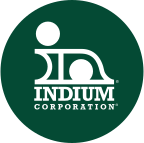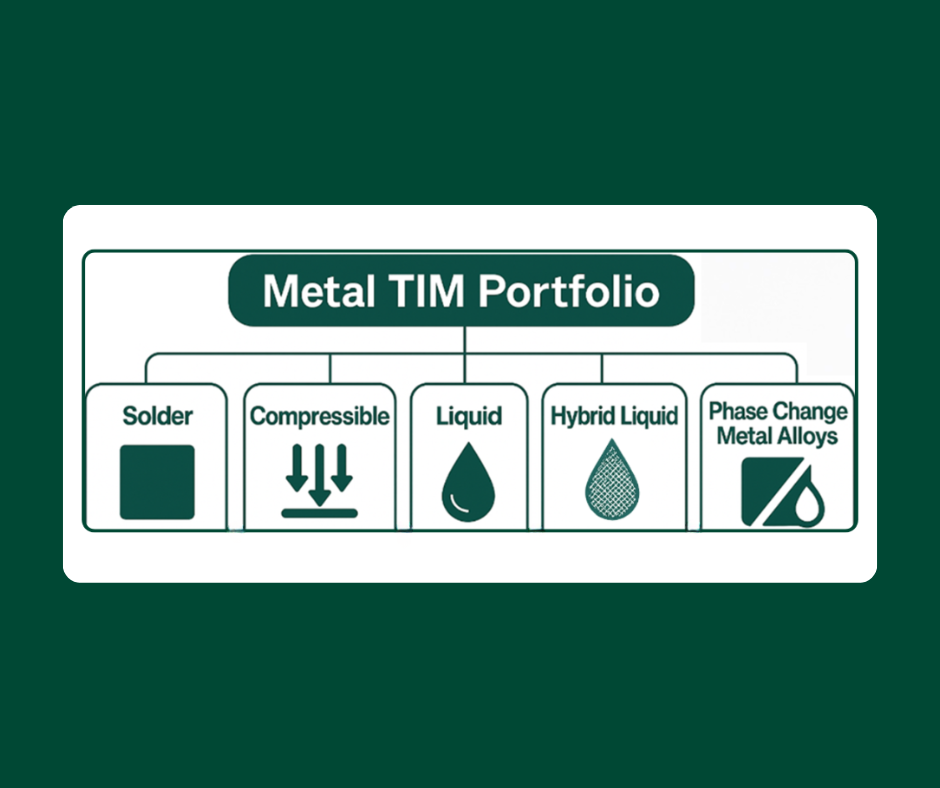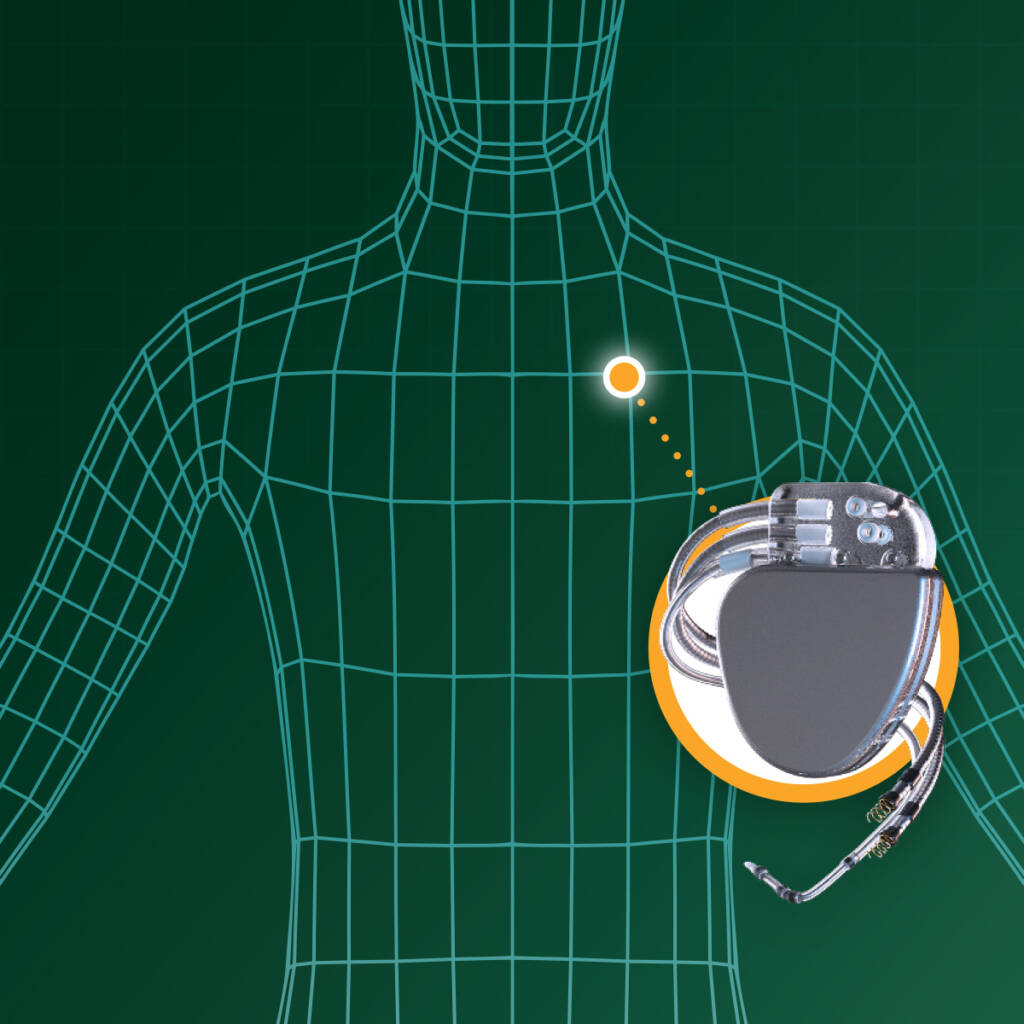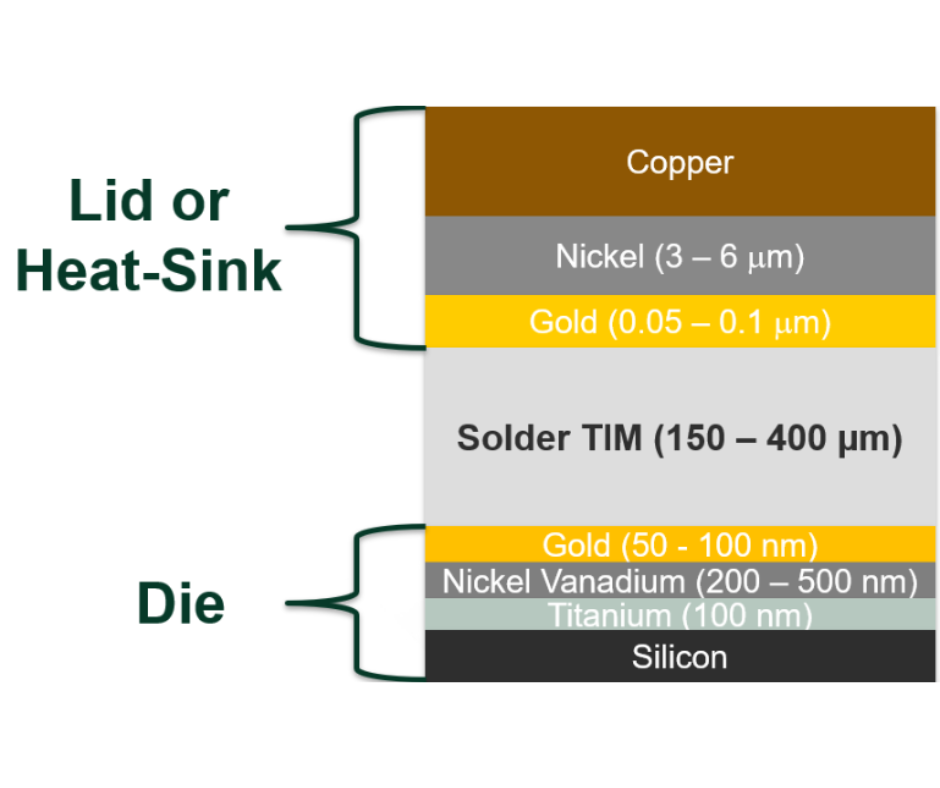If you look for indium on the periodic chart, you will see that it located right by tin (Sn) and lead (Pb) but it is a world away in terms of its properties.
Indium and indium alloyshave some uniquecharacteristics that makethem ideal for a variety ofusages including: soldering to non-metals, low temperature alloys,RoHScompliance, thermal management, battery manufacturing,cryogenic or hermetic sealingand many, many more.
Does your applicationrequire you tobond to glass, quartz or ceramic? Then you know that traditional solders will not work. But if you choose Indalloy #4 (pure indium) or Indalloy #1E (52In 48Sn) you will get excellent wetting. If youchoose an alloy that includes silver (like Indalloy #290 which is 97In 3Ag or Indalloy #3 which is 90In 10Ag) you will get slightly less wetting but a much stronger solder joint.
Surface preparation along with the proper tools and the proper process are key toacheiving theproper bond. You can get all the details with our PDS, Bonding Non-Metallic Materials Using Indium andHigh Indium Alloys.



